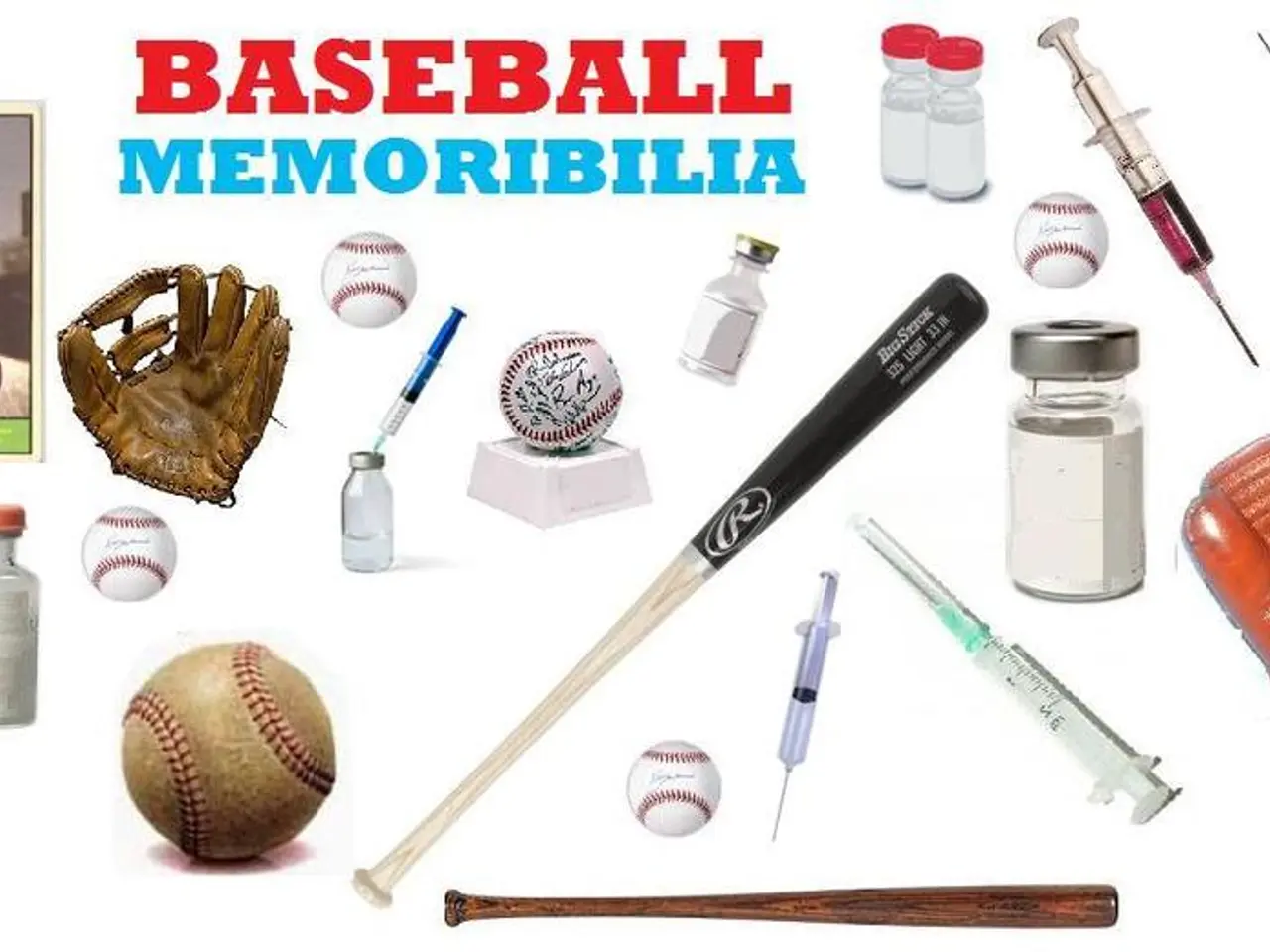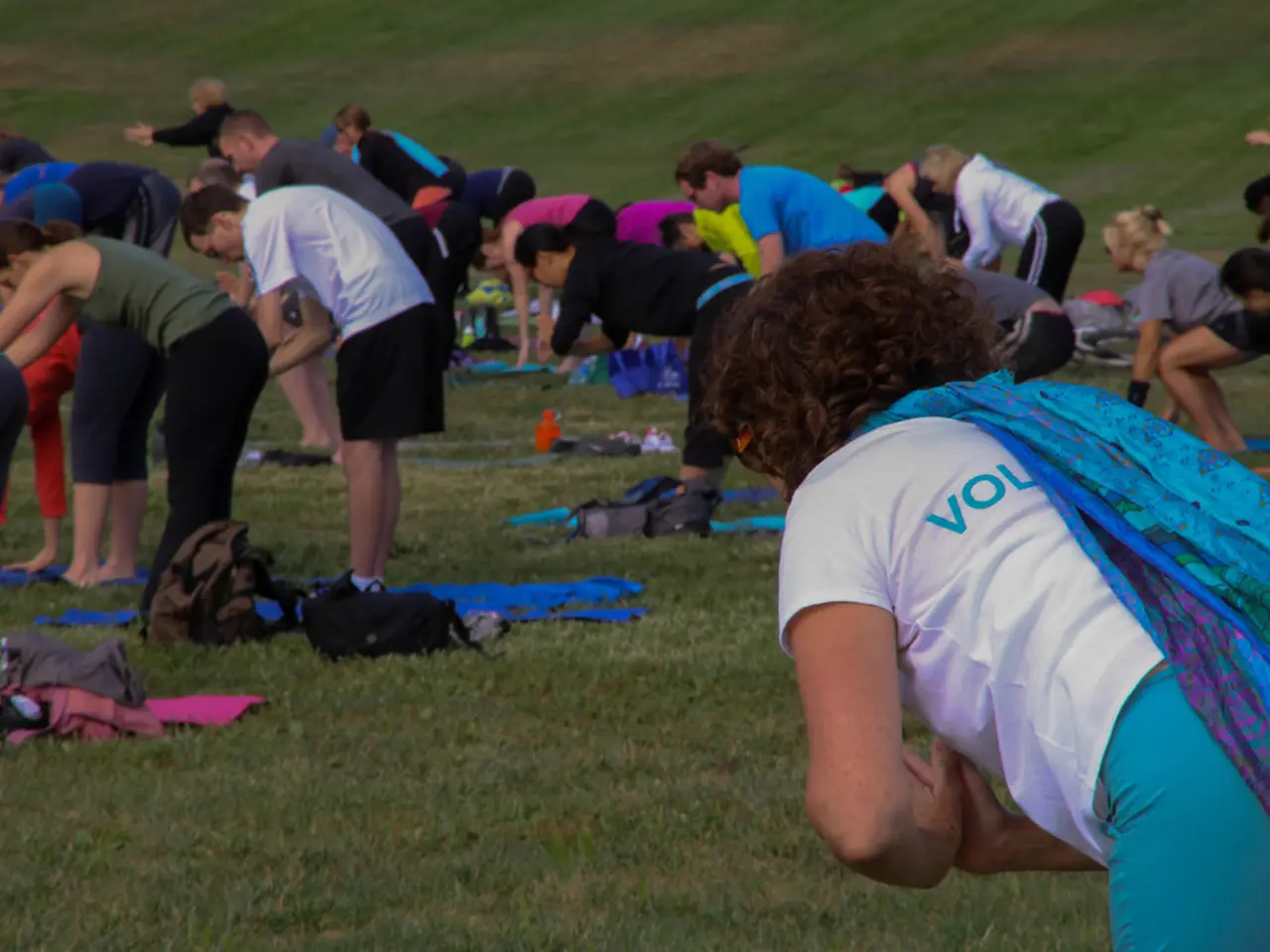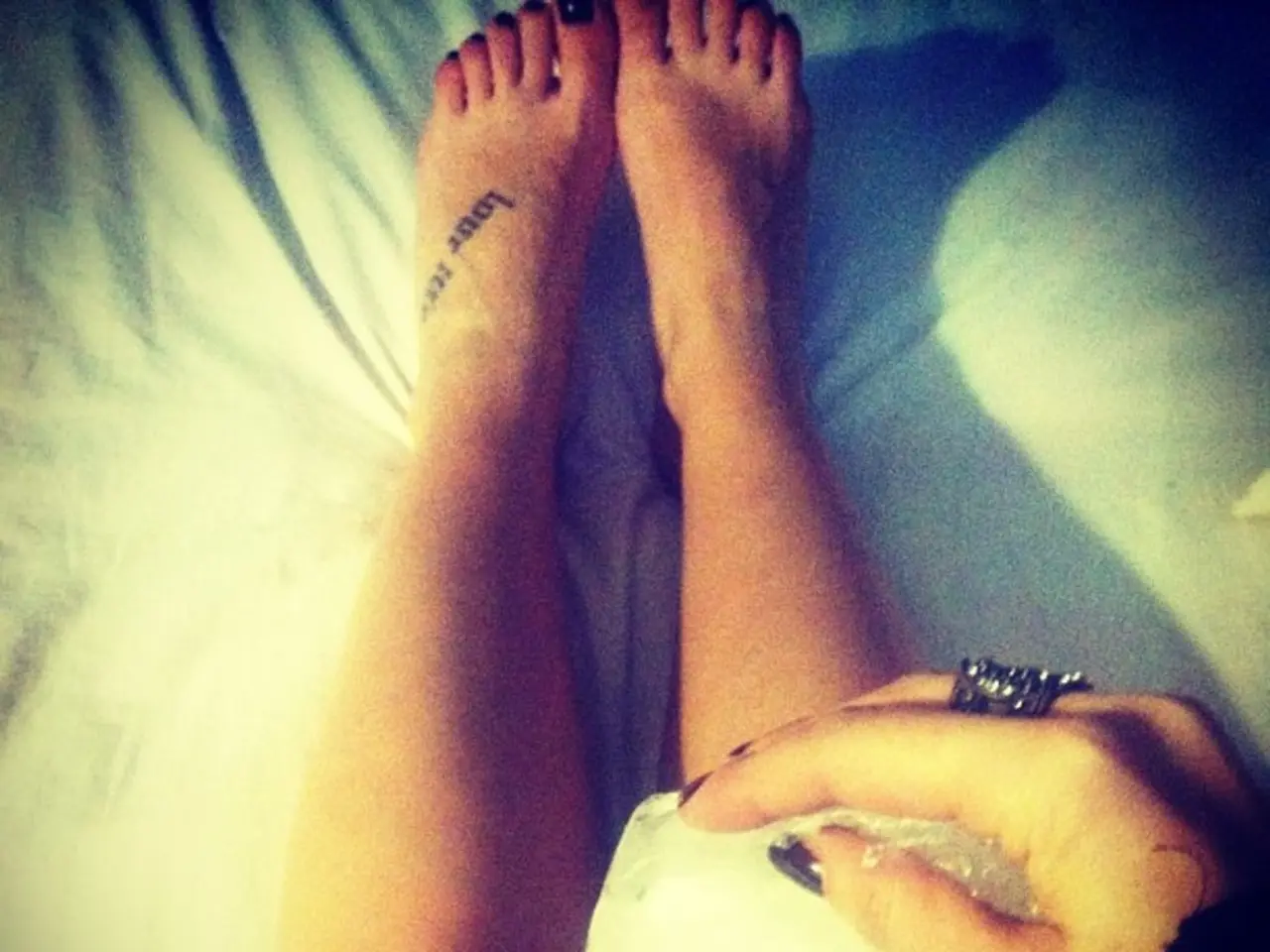Stroke Affecting the Eye: Signs, Dangers, and Remedies
A Peek Into Eye Strokes: The Unwanted Interruption of Sight
An eye stroke, also known as retinal artery occlusion, happens when blood flow to the retina - a crucial tissue at the back of the eye - is disrupted due to a blood clot or narrowing of the retina's blood vessels. If left untreated, it can lead to permanent damage and vision loss.
Our eyes function by relying on the flow of oxygen-rich blood, just like every other organ in our body. The eyes have numerous nerves and tissues that transmit signals to the brain, helping us create a visual image. The retina is one such critical tissue that plays a significant role in sending visual signals to the brain.
The retina contains small and large arteries and veins that transport blood to and from the heart. This blood is essential for vision, and any blockage in the retina's blood vessels can impact vision and potentially lead to blindness.
There are various types of eye strokes, depending on the blood vessel affected:
- Central retinal vein occlusion (CRVO): The retina's main vein becomes blocked.
- Central retinal artery occlusion (CRAO): The retina's central artery becomes blocked.
- Branch retinal vein occlusion (BRVO): The retina's small veins become blocked.
- Branch retinal artery occlusion (BRAO): The retina's small arteries become blocked.
Who's at Higher Risk?
Individuals with a history of certain conditions may have a higher risk of having an eye stroke. These conditions are similar to those that increase the risk of regular strokes.
- Cardiovascular conditions: Atherosclerosis or plaque buildup in the arteries, high blood pressure, high cholesterol, previous heart attack or stroke, chest pain, coronary heart disease, and diabetes are all conditions that can raise the risk of eye strokes.
- Age: People in their 60s may have the highest risk for an eye stroke, especially men.
Symptoms and Diagnosis
An eye stroke is generally painless. Sudden changes in vision or loss of vision in one eye are common symptoms. Other possible symptoms include a loss of peripheral vision, blind spots, distorted vision, or floaters.
Doctors perform several tests to diagnose an eye stroke, including dilating the eyes with drops, using a camera to take pictures of the retina, checking pressure inside the eye, and vision tests.
Treatment and Prevention
Treating an eye stroke as quickly as possible can help decrease damage to the retina. Treatment options include medicines to dissolve blood clots, procedures to move the clot away from the retina, and widening the retinal arteries.
Long-term follow-up care to manage heart disease or blood vessel problems is also essential. By identifying and managing underlying risk factors, individuals can potentially reduce their risk of eye strokes.
Adopting a heart-healthy lifestyle is crucial in preventing eye strokes. Regular exercise, a heart-healthy diet, avoiding smoking, managing other health conditions like diabetes, and working with a healthcare professional can lower the risk of ocular vascular events.
The Road Ahead
While the prognosis for eye stroke victims can vary, they may regain some of their vision over time, especially if the type of eye stroke is correctly identified and treated promptly. The importance of heart-healthy living cannot be overstated - it not only benefits your heart but also reduces the risk of problems like eye stroke and vision loss.
The text discusses eye strokes, their types, and related risk factors. It highlights cardiovascular conditions as increasing the risk, such as atherosclerosis, high blood pressure, high cholesterol, previous heart attack or stroke, chest pain, coronary heart disease, and diabetes.
Age, particularly for individuals in their 60s, especially men, also increases the risk of eye strokes. Symptoms include sudden changes in vision or loss of vision in one eye, loss of peripheral vision, blind spots, distorted vision, or floaters.
Doctors diagnose eye strokes through various tests like dilating eyes with drops, taking pictures of the retina, checking eye pressure, and vision tests. Quick treatment, such as medications to dissolve blood clots, procedures to move the clot away from the retina, and widening the retinal arteries, can reduce damage.
Long-term follow-up care to manage heart disease or blood vessel problems is crucial for preventing eye strokes. A heart-healthy lifestyle, including regular exercise, a heart-healthy diet, avoiding smoking, managing other health conditions like diabetes, and working with a healthcare professional, can lower the risk of ocular vascular events.
The prognosis for eye stroke victims can vary, but they may regain some vision over time with prompt identification and treatment. The importance of heart-healthy living is emphasized, as it benefits not only the heart but also reduces the risk of problems like eye stroke and vision loss.
Beyond heart-healthy living, other chronic diseases may also influence eye health. For instance, chronic kidney disease, mental-health conditions like bipolar or depression, autoimmune-disorders, cancer, respiratory-conditions, digestive-health issues such as colitis or ulcerative, and skin-conditions might impact eye health.
Current advancements in science, workplace-wellness programs, and therapies-and-treatments offer possibilities for addressing these interconnected wellness concerns. Nutrition, fitness-and-exercise, skin-care, cbd, and medicare are all potential avenues for managing and preventing various chronic diseases.
In addition, medical-conditions related to chronic-diseases might affect other parts of the body, such as cardiovascular-health, eye-health, and skin-care. Therefore, maintaining overall health and wellness is crucial for long-term health.
Lastly, it is essential to remember that our body consists of interconnected systems, and an issue in one system can influence other systems. Therefore, regular check-ups, a balanced lifestyle, proper nutrition, and proper care will contribute significantly to our overall health and wellness.





